Roger T. Fenner9781860940163, 1-86094-016-1
The main emphasis is on the simplest methods suitable for solving two-dimensional continuum mechanics problems, particularly those encountered in the fields of stress analysis, fluid mechanics and heat transfer. Complete FORTRAN programs are presented, described and discussed in detail, and several practical case studies serve to illustrate the methods developed in the book.
Finite element methods are compared and contrasted with finite difference methods, and throughout the level of computer programming, continuum mechanics, numerical analysis, matrix algebra and other mathematics employed corresponds to that normally covered in undergraduate engineering courses.
Table of contents :
Contents……Page 6
Preface……Page 8
Notation……Page 10
Some Program Variable Names……Page 16
1 Introduction and Structural Analysis……Page 19
1.1 Computer Programming……Page 20
1.2 Structural Analysis……Page 21
1.3 Case Study: Bending of a Tapered Beam……Page 26
2.1 Continuum Mechanics Equations……Page 33
2.2 Some Physical Problems……Page 38
2.3 Classification of Partial Differential Equations……Page 49
2.4 Methods for Solving Harmonic and Biharmonic Equations……Page 51
3.1 Derivation of the Element Stiffness Matrix……Page 55
3.2 Assembly of the Overall Stiffness Matrix……Page 61
3.3 Comparison with the Finite Difference Approach……Page 63
3.4 Variational Formulation……Page 66
3.5 Boundary Conditions……Page 71
3.6 Solution of the Linear Equations……Page 73
3.7 Convergence of Finite Element Methods……Page 79
3.8 A Computer Program for Harmonic Problems……Page 81
4.1 Choice of Mesh……Page 89
4.2 Mesh Data in Numerical Form……Page 90
4.3 Generation of Mesh Data……Page 92
4.4 Mesh Modification……Page 104
5.1 Case Study: Downstream Viscous Flow in a Rectangular Channel……Page 107
5.2 Case Study: Torsion of Prismatic Bars……Page 118
6.1 Derivation of the Element Stiffness Matrix……Page 122
6.2 Assembly of the Overall Stiffness Matrix……Page 128
6.3 Variational Formulation……Page 130
6.4 Solution of the Linear Equations……Page 131
6.5 Boundary Conditions……Page 133
6.6 A Computer Program for Problems of the Biharmonic Plane Strain or Plane Stress Type……Page 136
7.1 Case Study: Plane Strain Compression……Page 149
7.2 Case Study: Stresses in Concentric Cylinders……Page 153
7.3 Case Study: Stress Concentration near a Hole in a Flat Plate……Page 156
8.1 Axi-symmetric Problems……Page 166
8.2 Higher-order Elements……Page 169
8.3 Three-dimensional Problems……Page 171
8.4 Biharmonic Problems Involving Incompressible Materials……Page 172
8.5 Plate and Shell Problems……Page 173
8.7 Nonlinear Problems……Page 174
8.8 A Summary of the Finite Element Approach……Page 175
8.9 Concluding Remarks……Page 176
Appendix A Gaussian Elimination……Page 177
Appendix B The Gauss-Seidel Method……Page 182
Bibliography……Page 184
Index……Page 185
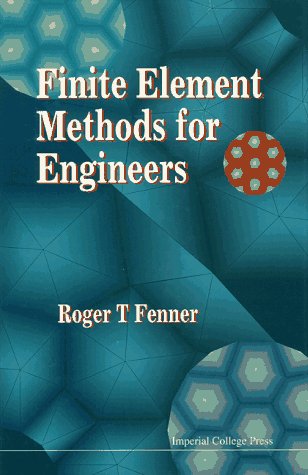
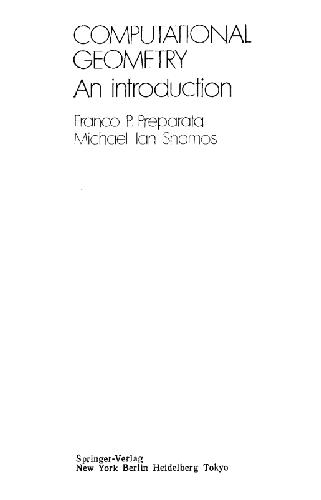
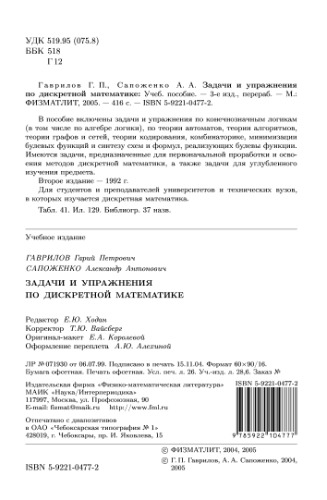


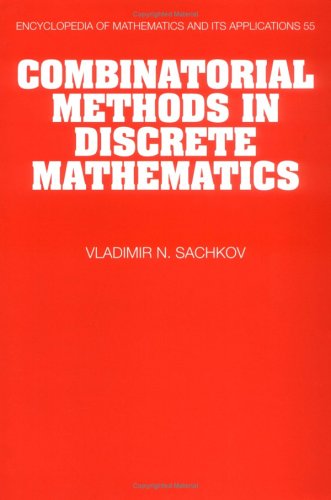
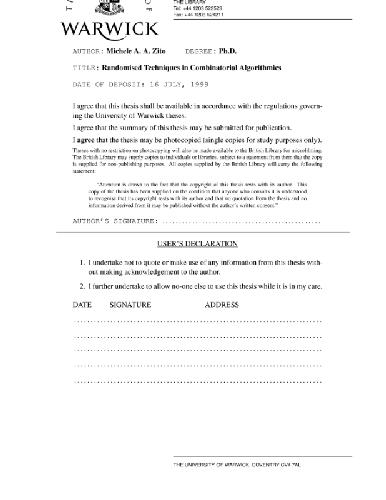
Reviews
There are no reviews yet.